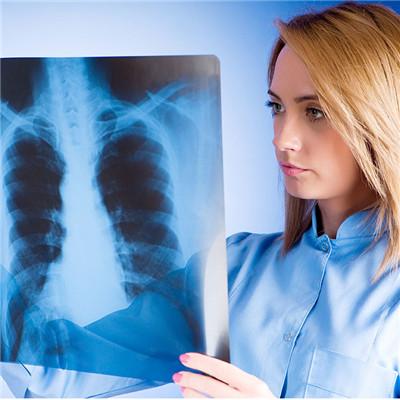How to prevent menstrual pneumothorax?
summary
Menstrual pneumothorax is a kind of disease in women with menstrual period. Menstrual period is a special period for women. At this time, if accompanied by pneumothorax and other symptoms, the patient's emotional and physical health will be greatly affected. Daily care and prevention is very important to prevent the attack of this kind of disease. What are the clinical symptoms of menstrual pneumothorax? How should girls usually care for and prevent the occurrence of diseases? Here is a detailed introduction.
How to prevent menstrual pneumothorax?
Menstrual pneumothorax is a kind of pneumothorax accompanied with menstruation. The incidence rate is low in normal population. When menstrual pneumothorax, respiratory symptoms usually appear 24-48 hours after menstruation. Women usually start around 30. Most of the pneumothorax appeared on the right side, and left and bilateral pneumothorax were also reported. If there is no treatment intervention, menstrual pneumothorax may recur. Usually, the diagnosis can be established after 5 episodes. Mental or physical stress during menstruation can lead to increased attack frequency of menstrual pneumothorax. The clinical manifestations are usually as follows: (1) it occurs especially in the menstrual period of women and is characterized by repeated occurrence, which is related to mental factors and physiological stimulation( 2) General manifestations of spontaneous pneumothorax: chest tightness, cough, dyspnea, etc( 3) Accompanied by chest pain, hemoptysis and intractable phrenic neuralgia, it often occurs on the left side, occasionally on the right or both sides. The clinical symptoms are related to the amount of pneumothorax.

Psychological nursing: Patients with cptx are seriously ill at the time of onset, and their mood is too tense due to repeated attacks. At this time, nursing staff should give care, explain the relevant knowledge and treatment effect of the disease for patients, timely answer the questions raised by patients, eliminate their worries, establish confidence and actively cooperate with the treatment. Rest: rest in bed, stable mood, limit the amount of activity. Oxygen therapy: continuous low flow oxygen inhalation, severe cases can be given mask or high flow oxygen inhalation. Diet nursing: high protein, high calorie, high vitamin, moderate cellulose diet. 5 health care: menstrual period to daily cleaning vulva, avoid sitz bath, prevent infection. Discharge guidance: avoid heavy physical labor and strenuous exercise, take medicine on time, prevent constipation, regular review.

Generally speaking, we should pay attention to it in many aspects. If there is dysmenorrhea, and there is progressive aggravation, we should pay attention to it. It may be caused by endometriosis, so we need to go to the hospital for examination and treatment. Of course, it is very important to do a good job in family planning, implement contraceptive measures, and try to avoid induced abortion. Must operate, should go to the regular hospital, guarantees the regular operation. In addition, menstrual period to avoid intense physical activity, not rooming. Before menstruation, menstruation or after diagnostic curettage, avoid tubal water, radiography, biopsy and polypectomy, so as not to cause blood reflux.

matters needing attention
After reading the above information, we have a better understanding of the symptoms, nursing and prevention of menstrual pneumothorax. Understanding the clinical symptoms of the disease is conducive to better treatment of the disease. For disease must be early prevention, early treatment, our health is the most important.

















